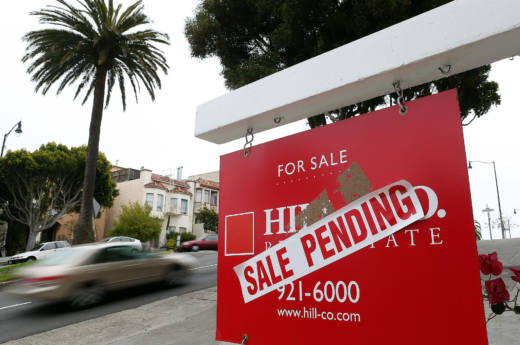Redlining makes it harder and more expensive for Latinos to buy homes and build wealth, exacerbating racial and ethnic inequities that have long plagued the country. Additionally, low application numbers for conventional loans mean Latinos are not getting favorable borrowing terms.
"Redlining is not a thing of the past," said Dave Rodriguez, president of California LULAC, which stands for the League of United Latin American Citizens.
"Lenders are missing the boat. They still think, in many respects, that we are a high-risk population for loan products, so we get the most expensive products and the most penalties for nonpayment," he said.
Housing and civil rights advocacy groups say there are legitimate reasons why Latinos, who tend to have lower incomes, made up a lower percentage of conventional loan applications: Homes are pricey in California or they may be relying on federally-backed FHA loans, which are more expensive but easier to get. FHA loans are not factored into Reveal's analysis.
But advocates also say the skewed numbers are not surprising given historical hostility toward Latino borrowers.
It is hard to prove that lenders are steering Latinos to pricier, unconventional loans, but at the very least, they could do a better job reaching out to Latinos, said Vedika Ahuja, economic equity program manager at The Greenlining Institute, a nonprofit that promotes social and economic justice.
She said banks and other lenders could check utility and rent payments to determine a person's ability to make payments, rather than rely strictly on credit score and income.
"With more flexible credit scoring methods, credit-worthy Latinos could be qualifying for conventional products that are cheaper," she said.
In Orange County's Anaheim area, Latinos were 34 percent of the population but 9 percent of applications. In the San Francisco metro region, where the market is notoriously expensive, Latinos made up a quarter of the population but just over 4 percent of loan applications.
Gary Acosta, co-founder and CEO of the National Association of Hispanic Real Estate Professionals, said there are legitimate reasons why Latinos may be going with flexible federal FHA loans rather than conventional loans: They tend to be inexperienced first-time home buyers who can't afford high down payments.
"Do I think people intentionally put people in an FHA loan because they're discriminating against them? I'm certain that happens, but it doesn't account for the majority," he said. "It's the path of least resistance."
Besides Chico and Salinas in California, Reveal found evidence of modern-day redlining in the Vallejo-Fairfield part of the San Francisco Bay Area, where residents have flocked in recent years in search of cheaper homes. African-Americans were 2.6 times more likely than whites to be denied.
In all, the Reveal investigation found 61 metro areas across the country where minorities were denied loans at greater rates than whites, even when controlling for income, loan amount, neighborhood and other factors.
Data journalist Angeliki Kastanis in Los Angeles contributed to this story.

